The Australian Cattle Dog is prized for their skills as a working dog.
This is a tenacious and hard working dog.
Australian Cattle Dogs have lots of energy and require lots of physical exercise every day.
They need an owner who has lot of time to dedicate to them.
TABLE OF CONTENTS
What is a Australian Cattle Dog?
Originally these tenacious dogs were bred for herding in Australia.
As Australian ranchers bred cattle they needed a loyal and hardworking companion to round up cattle.
They originally used European herding breeds but these dogs were not up to the job. So Collies were crossed with Dingoes to create what we now know as the Australian Cattle Dog.
This is an independent and active breed that is certainly not for everyone.
They are very much a working dog and are hard-wired for work and tough activity.
Australian Cattle Dogs are not the type of dog you would want to keep as a pet unless you have the time to keep them occupied.
They thrive in an environment where they have a job.
- Overview: Working.
- Purpose: Herding.
- Weight: 30-35 pounds.
- Size: 17-20 inches.
- Temperament: Tenacious, stubborn and energetic.
Australian Cattle Dog Appearance
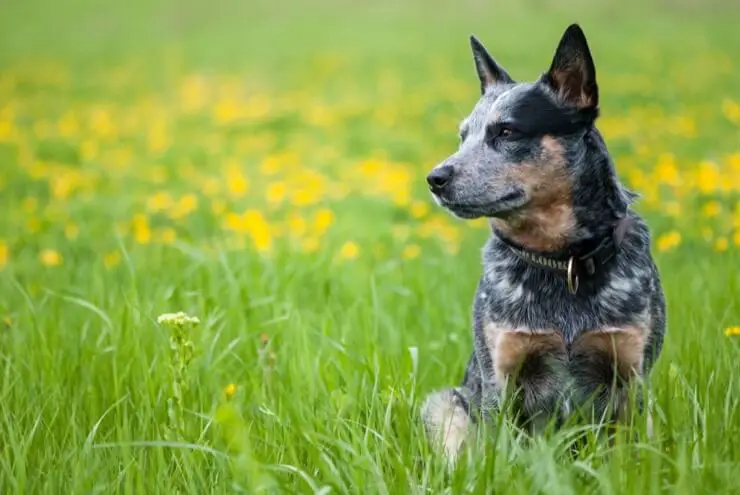
From Adobe Stock
The Australian Cattle Dog is strong and compact with a muscular physique.
They are lean and known for their agility, endurance and strength. You can expect them to have a thick coat and tough skin, since they often would have to push through briars and thick bushes in order to catch runaway cattle or sheep.
Their expression is always alert and watchful.
The body is long and muscular with a deep chest and a flat back. There is little to no tuck, instead the Australian Cattle Dog’s body almost resembles a barrel.
Height and Weight
The average height for a male is about 18-20 inches and 17-19 inches for a female.
You can expect both males and females to weigh between 30-35 pounds.
Colors and Coat
They come in two coat colors: blue and red.
With the blue coloring, tan, dark blue, or black markings on the head are common along with tan markings on the legs and chest.
As for the red coloring, darker red on the head is allowed.
These dogs have a thick, short and straight coat.
They are very easy to groom and only need brushing once a month with baths only when they get dirty or start to smell.
5 Fun Facts About Australian Cattle Dog
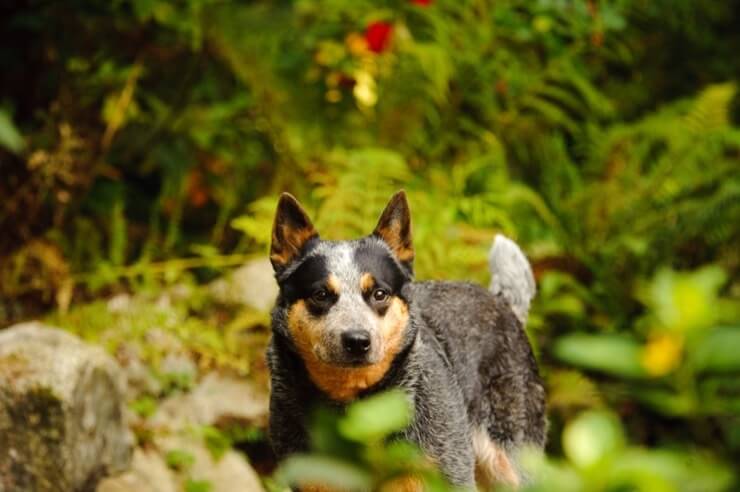
From Adobe Stock
- The oldest dog in the world was an Australian Cattle Dog that lived to 29 years.
- You may also hear people call these dogs Heelers.
- The white patch on their heads is known as Bently’s Mark after the creator of the Australian Cattle Dog.
- Australian Cattle Dogs are one of the top ten smartest breeds of dog.
- They were originally bred with Dingoes.
Australian Cattle Dog Personality and Temperament
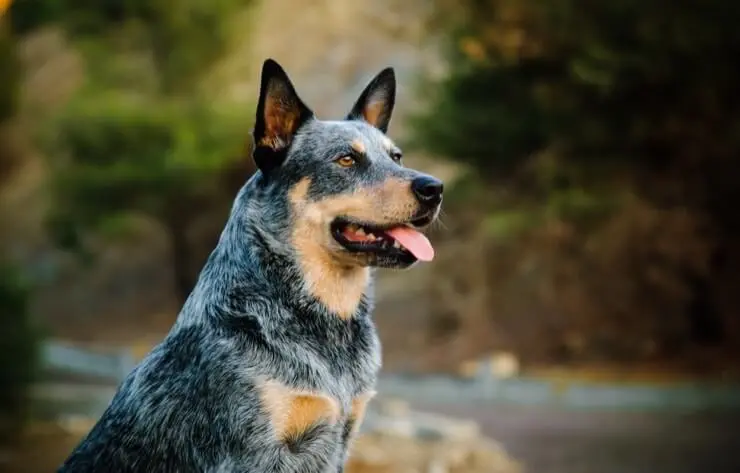
From Adobe Stock
You should know these dogs are a very intense breed to keep.
They require a job to keep themselves occupied – without a job they will become destructive.
This is a high energy breed that is independent and will get on with their job.
If you are looking for a cuddly breed then look elsewhere. This breed will get annoyed with too much affection and forced contact.
These dogs are not big barkers and prefer to nip cattle rather than bark to control them.
Australian Cattle Dogs are hard-headed and protective so socialization will be needed. They are known for sometimes being aggressive with other dogs, so make sure that you let your puppy meet plenty of other dogs whilst they are still young.
You will also need to socialize them around people.
Giving their working history they are naturally standoffish with strangers and are very protective of their owners.
Although socializing with strangers can help them to become friendlier you should not expect them to ever welcome strangers with open arms.
Is The Australian Cattle Dog A Good Family Dog?
Because these dogs are bred to herd cattle, they will often nip at the heels of running children.
So Cattle Dogs are better suited for homes with either older children (or no children).
Caring for a Australian Cattle Dog
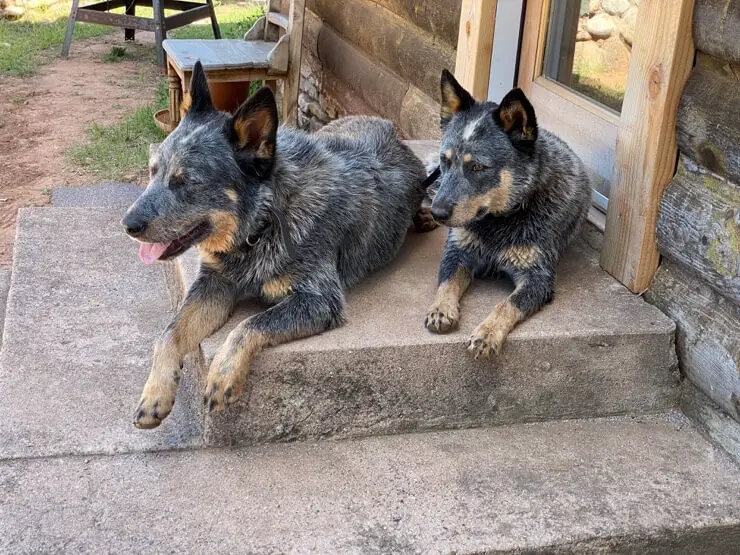
From Adobe Stock
These dogs are best suited to an owner that has lots of spare time.
Australian Cattle Dogs are not good dogs for a families with young children, or first time dog owners because of their independent nature.
The good news is they are fairly easy to care for and require very little grooming.
This is a very healthy dog.
The biggest thing with these dogs is that they do require a lot of physical exercise and training to make them the best they can be.
Exercise Requirements
These dogs can run for miles everyday without getting tired.
Because of this, these dogs are best suited for someone that either works at home or outside and can keep their Heeler with them.
Australian Cattle Dogs need at least two hours of running every day.
Since these dogs do tend to stay close to their owners, off leash walking is fine as long as they have good recall. They do not tend to follow a scent like other breeds, or get distracted and chase things like hounds or retrievers.
Other than running with your dog, dog sports are a good way to tire out your Australian Cattle Dog. These dogs excel at herding trials and agility, and also do amazing at obedience-based sports like Rally.
Along with at least two hours of physical activity a day, they need about an hour of mental stimulation every day.
- Number of Walks Per Day: 3.
- Total Exercise Needed Per Day: 120+ Minutes.
Grooming and Shedding
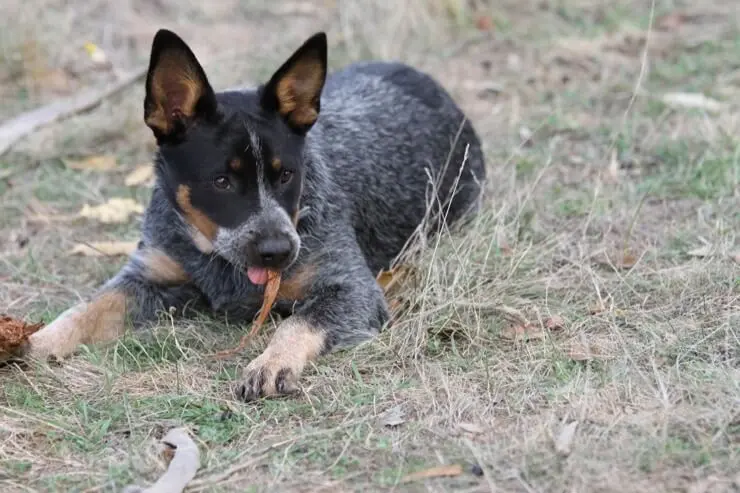
From Adobe Stock
Because of their working history this breed does not require a lot of grooming.
Brushing monthly is perfectly fine to remove any dead hair – although you may need to brush them weekly when they are shedding heavily. Typically this happens once during the fall and once during the spring.
Bathing is not a necessity with these dogs.
They only require a bath when they are exceptionally dirty or smelly.
Feeding and Diet
As puppies Australian Cattle Dog should be fed about three times a day.
Make sure that you purchase puppy food designed for medium sized dogs, like English Bulldogs to make sure that your puppy is receiving all of the nutrition they need.
After a year their feeding schedule can be shortened to twice a day with one cup of dog food in the morning and one in the evening. The food should be high protein and suitable for a working breed. The exact protein content depends on their age and activity levels.
| Calories Per Day: | Cups of Kibble Per Day: |
|---|---|
| 1200 | 3 |
Known Health Problems
As you would expect, this working dog is very healthy.
There are only a few things that you need to worry about with Australian Cattle Dogs:
- Deafness.
- Progressive retinal atrophy.
- Hip and elbow dysplasia.
- Obsessive compulsive disorder.
The good news is that many of these issues can be avoided by purchasing your puppy from a reputable breeder that tests the parents for these issues.
How Long Does An Australian Cattle Dog Live?
These dogs typically live between 10-13 years.
How Much Does An Australian Cattle Dog Cost?
Expect to pay $500 for a puppy, however pups coming from prime working lines will cost closer to $2,000.
How To Train an Australian Cattle Dog
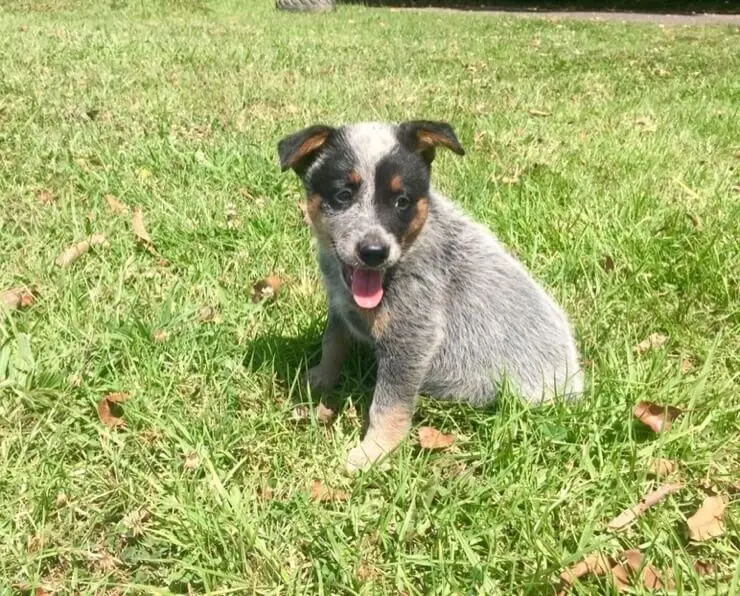
From Adobe Stock
Australian Cattle Dog require a firm owner that will enforce the necessary rules.
This is a hard-headed and tenacious dog, so dog training can be hard.
A puppy like this needs someone that can help channel and control their energy. They are not the kind of dog for an owner that does not have time to share with them.
Repetition will bore this intelligent dog so keep training sessions short and engaging.
You can tell when they are bored they will be stubborn. If this happens then leave training and come back to it later.
Remember Australian Cattle Dog were bred to be working on the Australian homestead all day long. They have huge endurance so keep them engaged and occupied.
If you do not have cattle or other livestock for your dog to herd, you can always do sports. These dogs excel at physical sports such as agility or dock diving, and because of how much they love to learn, they often thrive in sports like Rally.
Buyer’s Guide
| Pros | Cons |
| Good watchdog and alert to anything. | Aggressive towards other animals. |
| Very smart and easy to train. | Tend to only bond with one member of the family. |
| Healthy breed. | Do not do well in apartments. |
| Affectionate and loving with their family. | Can be nippy with young children. |
| Very few health concerns. |
Quick Breed Summary Table
| Breed Characteristics | |
| Size: | 17-20 inches |
| Weight: | 30-35lb |
| Lifespan: | 10-13 years |
| Coat: | Short and dense double coat |
| Color: | Red or blue merle |
| Do They Shed: | Yes |
| Temperament: | Tenacious, strong-willed and energetic |
| Intelligence: | High (one of the ten most intelligent breeds of dog) |
| Socialization: | Requires socialization training especially with kids and strangers |
| Destructive Behavior: | If they do not have a job they will start becoming destructive |
| People Skills: | Not great with strangers |
| Good with Children: | Better with older children |
| Activity Levels: | Very energetic and need a lot of physical stimulation |
Summary
If you are not up for daily exercise then this is not the dog for you.
The Australian Cattle Dog can make an excellent companion for a household that is active and needs a good working dog.
They thrive with a strong owner and space to roam.
Along with a strong owner they need a job and a lot of mental and physical stimulation to keep them from becoming destructive.
These dogs just need something to do.

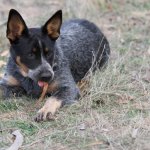
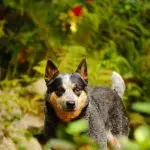
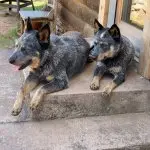
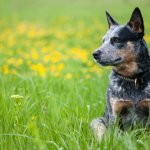
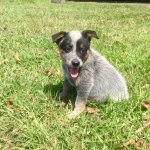
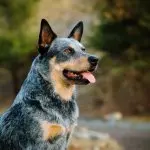
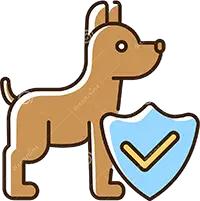
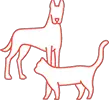
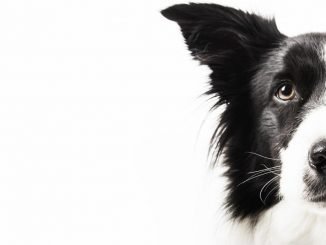
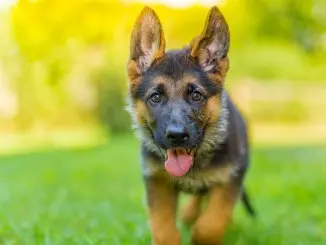
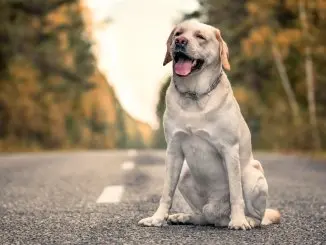
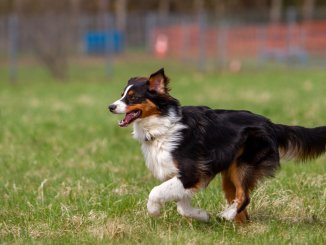
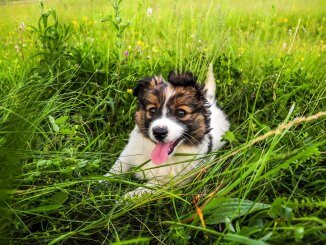
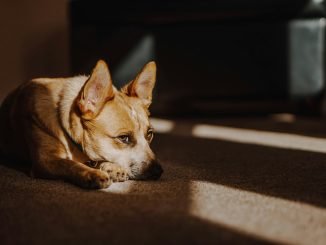
Be the first to comment